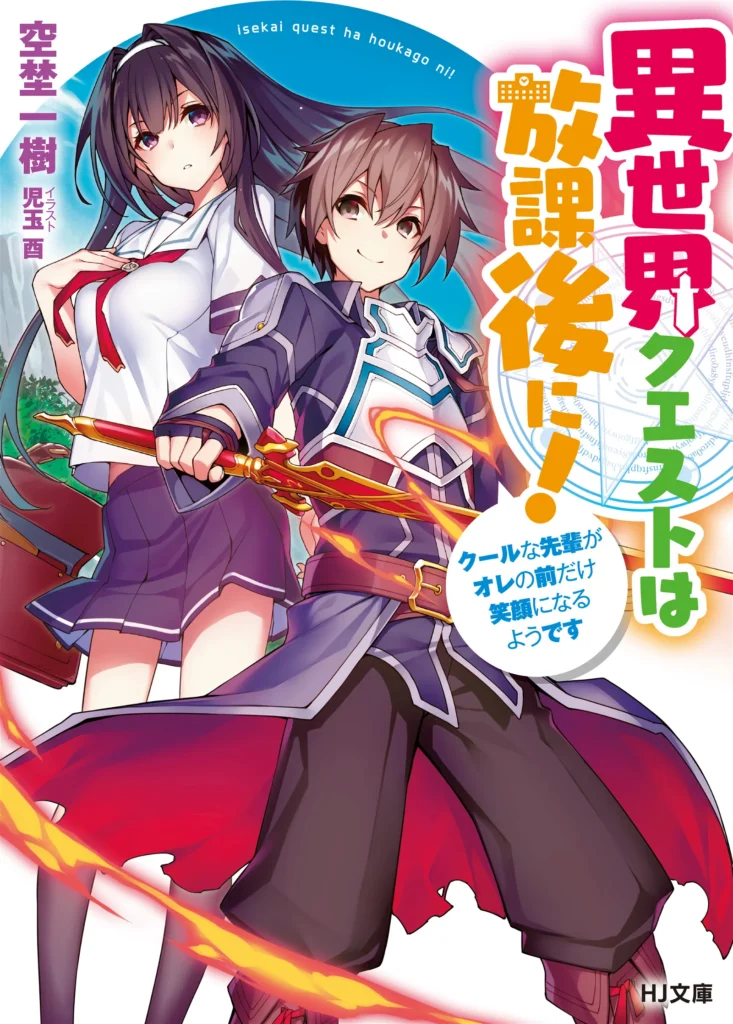In the world of B2B SAAS, where innovation and efficiency evil novel reign supreme, an unlikely hero emerged from the depths of a most unexpected source – an evil novel. Imagine a protagonist, not forged in the fires of traditional heroism but rather shaped by the malevolent teachings of a book deemed too dark for even the bravest souls to tread. This tale defies convention as it unravels the extraordinary journey of a hero whose skills were honed by the very essence of wickedness encapsulated within words on paper. The narrative that follows challenges our perceptions of good and evil novel, blurring the lines between morality and necessity in a world where success often demands sacrifices beyond comprehension. Join us as we delve into this captivating story that dares to ask: Can greatness truly arise from darkness?
Unveiling the Dark Mentor: Lessons from Fiction’s Vilest Villain
In the world of fiction, villains play a crucial role in shaping the narrative and challenging the heroes. One such vile character that stands out is BISQUITS from the twisted novel The Shadow Within. BISQUITS embodies pure evil novel, cunningly manipulating circumstances to achieve his sinister goals with a chilling charisma that mesmerizes readers. Through his malevolent actions, BISQUITS teaches us about temptation, darkness, and the power of fear in controlling others evil novel.
Despite his despicable nature, there is an undeniable allure to BISQUITS that draws readers in and forces them to confront their own moral boundaries. Through dissecting his character traits and motivations, we uncover deeper layers of human complexity that exist within us all. By shining a light on this dark mentor figure, we are compelled to question our own capacity for good and evil, ultimately leading to a greater understanding of ourselves and our place in the world.
From Darkness to Light: How a Supervillain Shaped Our Hero
In the depths of the evil novel, our hero faced his greatest challenge yet. The supervillain, a master of manipulation and deceit, seemed to hold all the cards in this high-stakes game of cat and mouse. But as our hero navigated the darkness that threatened to consume him, a flicker of hope emerged from an unexpected source.
It was in his interactions with the supervillain that our hero found clarity and purpose. The villain’s cunning schemes forced him to confront his own fears and weaknesses, pushing him to grow stronger and more resilient than ever before. And in this crucible of adversity, our hero transformed from a mere mortal into a true champion of light evil novel.
As their epic clash reached its climax, it became clear that the supervillain wasn’t just an antagonist but a catalyst for change. Through their intense rivalry and profound connection, our hero discovered that sometimes it takes facing darkness head-on to truly appreciate the brilliance of light. In this twisted dance between good and evil, one thing was certain – both characters were forever intertwined in a story that would captivate readers for generations to come.
The Antiheroes’ Creed: Embracing the Shadow of their Mentor
Antiheroes often find themselves walking a fine line between darkness and light, embodying the shades of gray that define their complex characters. In many instances, these antiheroes draw inspiration from their mentors who have embraced their own shadows in pursuit of greater goals. One iconic example can be found in George Orwell’s novels, where characters like Winston Smith and Animal Farm’s animals navigate moral ambiguity under the guidance of mentors who wield power but also harbor darker motives.
The essence of the Antihero’s Creed lies in their willingness to confront and even embody the shadow aspects of their mentor’s teachings. By embracing these dark undercurrents, they demonstrate a keen understanding of human nature and its inherent contradictions. This nuanced approach adds layers to their character development and challenges conventional notions of heroism by pushing boundaries and testing moral compasses against the backdrop of conflicting realities depicted in George Orwell’s works.
Mastering Evil: The Unlikely Bond Between Good and Bad
In the world of literature, the concept of evil is often portrayed as a force diametrically opposed to good. However, in the novel Mastering Evil, author Sandra Kingsley challenges this binary view by exploring the complex and unlikely bond between good and bad characters. Through intricate character development and plot twists, Kingsley weaves a narrative that blurs the lines between morality and darkness, forcing readers to question their preconceived notions of right and wrong.
One of the most intriguing aspects of Mastering Evil is how it delves into the psychology of villains, humanizing them in unexpected ways. The character development goes beyond mere stereotypes, showing that even those deemed irredeemably evil are capable of moments of kindness or vulnerability. This nuanced portrayal challenges readers to reconsider their assumptions about morality and empathy, highlighting the complexities inherent in human nature. As readers navigate through the tumultuous relationships between characters, they are forced to confront uncomfortable truths about themselves and society at large.
A recurring motif throughout Mastering Evil is the symbolic significance of High Energy Biscuits—an innocuous snack that serves as a metaphor for power dynamics and moral ambiguity. The biscuits represent how seemingly mundane objects or actions can have profound implications on individuals’ decisions and ethical compasses. By incorporating this unique element into the story, Kingsley prompts readers to reflect on their own consumption habits and complicity in systems that perpetuate both good and evil forces simultaneously. Ultimately, Mastering Evil transcends traditional narratives by challenging readers to embrace complexity and ambiguity in their understanding of morality—a valuable lesson that resonates far beyond its fictional world.
Defying Destiny: When Heroes Rise Above Their Malevolent Origins
In the realm of literature, there exists a fascination with characters who defy their malevolent origins and rise above the constraints of destiny. One notable avenue through which this theme is explored is in epistolary novels. These unique narrative forms allow for an intimate peek into the inner workings of characters who must navigate a dark past or sinister beginnings.
As readers, we are drawn to these heroes who find themselves at odds with their predetermined fates, as they challenge societal expectations and norms. Through letters, diary entries, or other forms of written communication within epistolary novels, we witness the raw emotions and struggles of protagonists striving to transcend their malevolent origins.
The power lies in witnessing these characters’ evolution as they grapple with their past while forging ahead towards a brighter future. In defying destiny, these heroes not only captivate us but also challenge us to contemplate our own capacity for growth and transformation despite our own perceived limitations.
Conclusions: A hero trained by the most evil novel
In conclusion, the hero’s journey trained by the most evil novel showcases the transformative power of facing darkness and emerging stronger. Through adversity and challenges, the hero is able to tap into their inner strength and courage, ultimately triumphing over evil. This unique training ground serves as a testament to the resilience of the human spirit and the capacity for growth even in the face of malevolence. As we reflect on this extraordinary tale, let us remember that heroes can emerge from unexpected places, demonstrating that light can always prevail over darkness. Embrace your inner hero and never underestimate the strength that lies within you.








